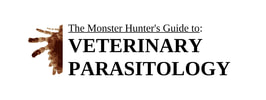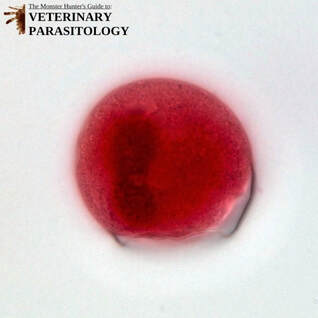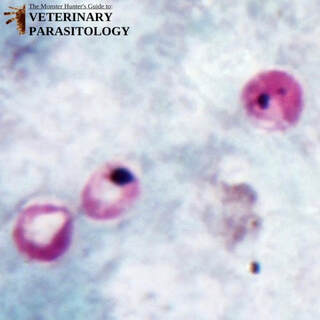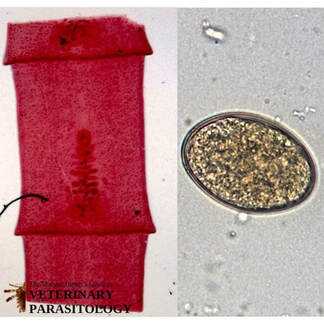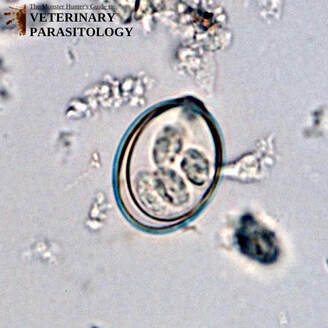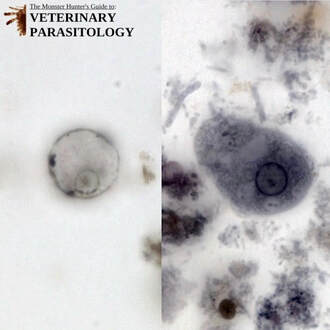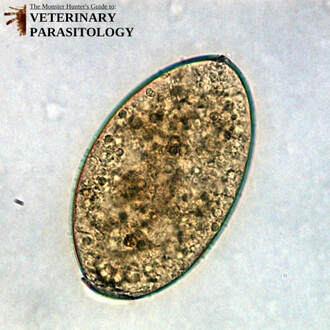Ascaris suum(aka., Large Roundworm) |
Method of Detection:
Size:
|
Ascarops strongylina(aka., Thick Stomach Worm, Arduenna strongylina) |
Method of Detection:
Size:
|
Cystoisospora suis(aka., Isospora suis) |
Method of Detection:
Size:
|
Dicrocoelium dendriticum(aka., Small Lanceolate Fluke, Common Lancet Fluke, Small Liver Fluke, Dicrocoelium lanceatum) |
Method of Detection:
Size:
|
Metastrongylus spp.(aka., Swine Lungworm) |
Method of Detection:
Size:
|
Paragonimus kellicotti(aka., Lung Fluke) |
Method of Detection:
Size:
|
'Strongyle' Type Ova(aka., Oesophagostomum spp. [Nodular Worm] and Hyostrongylus rubidus [Red Stomach Worm]) |
Method of Detection:
Size:
|
Strongyloides spp.(aka., Threadworm) |
Method of Detection:
Size:
|
Trichuris suis(aka., Swine Whipworm) |
Method of Detection:
Size:
|
Sources Cited:
- Zajac, Anne M., and Gary A. Conboy. Veterinary Clinical Parasitology. 8th ed. West Sussex: John Wiley & Sons, 2012. Print.
- Taylor, Mike A., R. L. Coop, and Richard L. Wall. Veterinary Parasitology. 4th ed. Chichester, West Sussex: Wiley Blackwell, 2016. Print.
- American Association of Veterinary Parasitologists. (2010). Retrieved 2019, from https://www.aavp.org.
